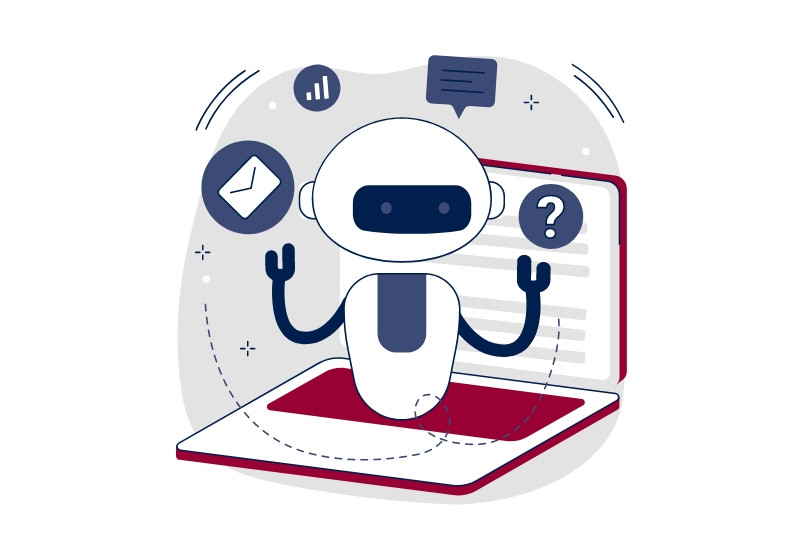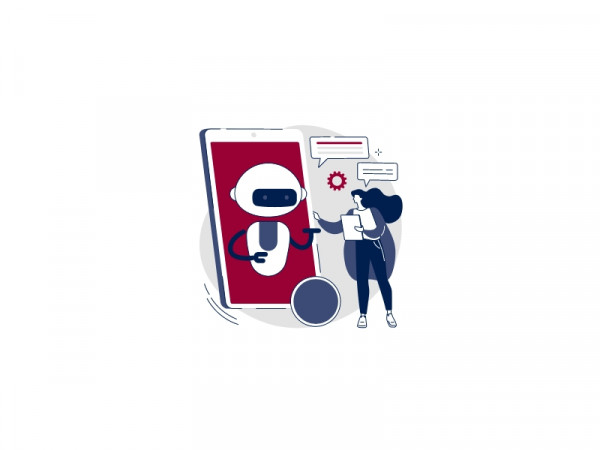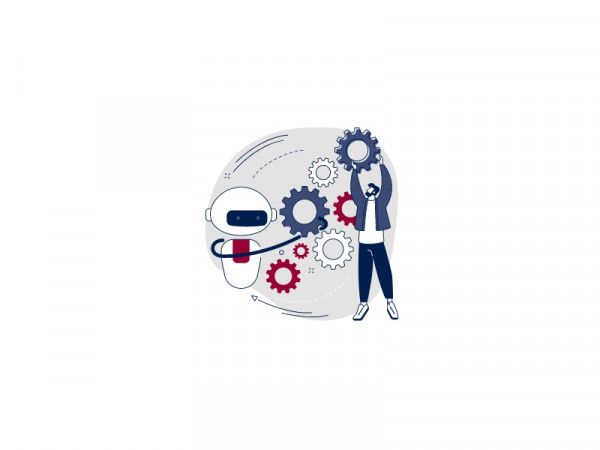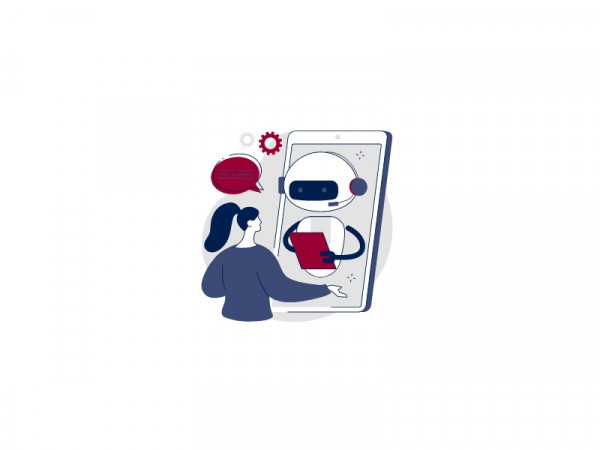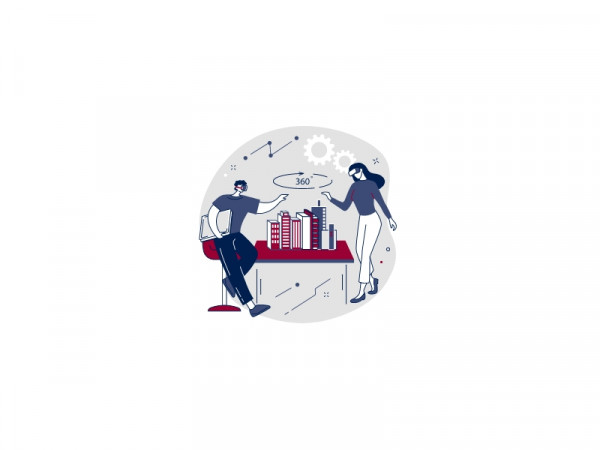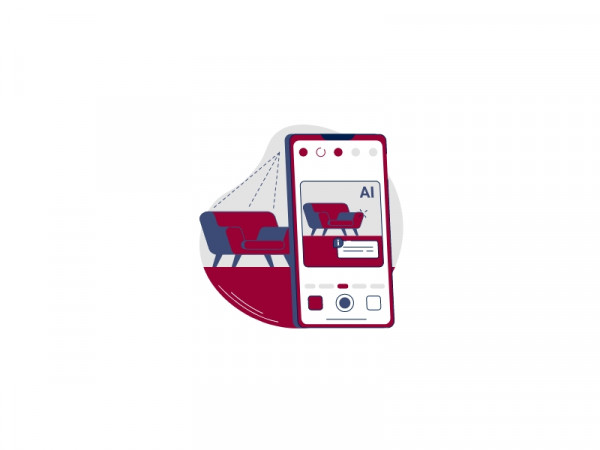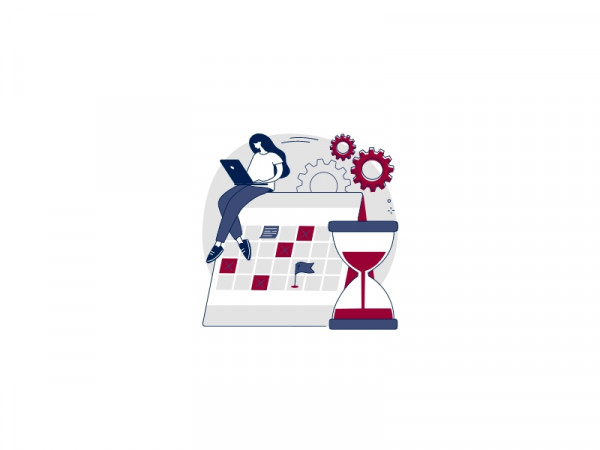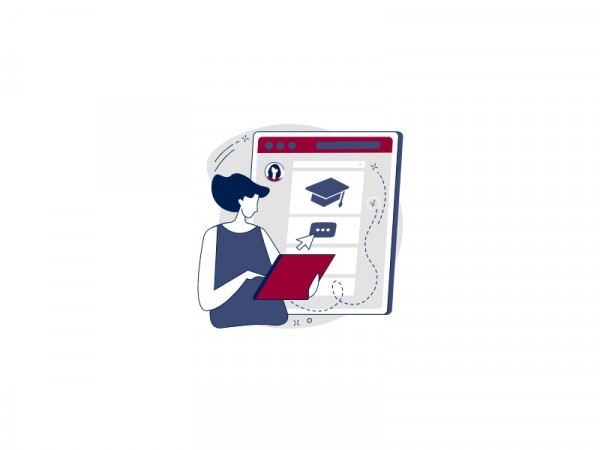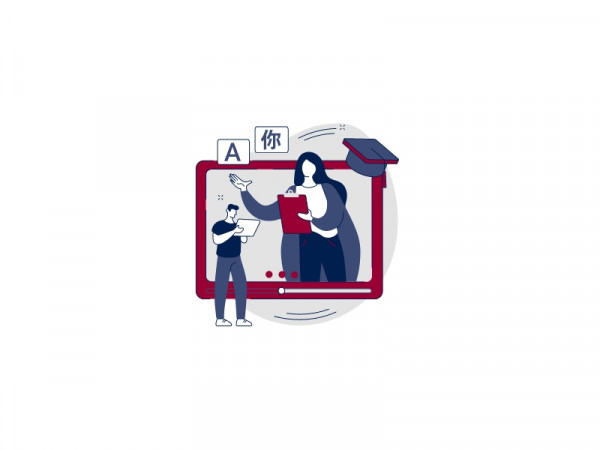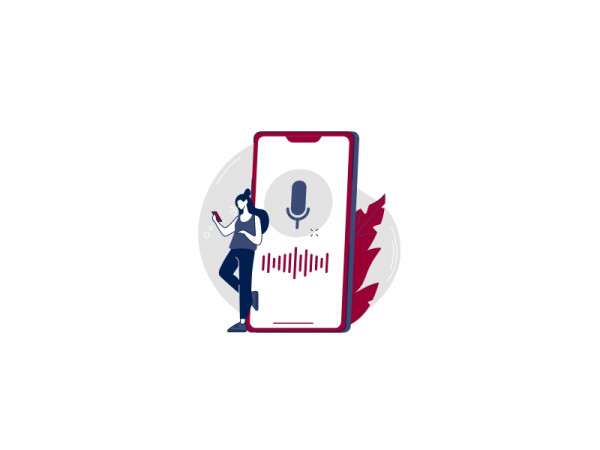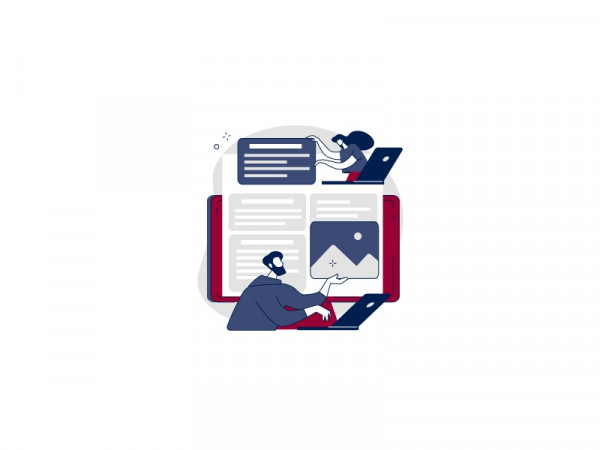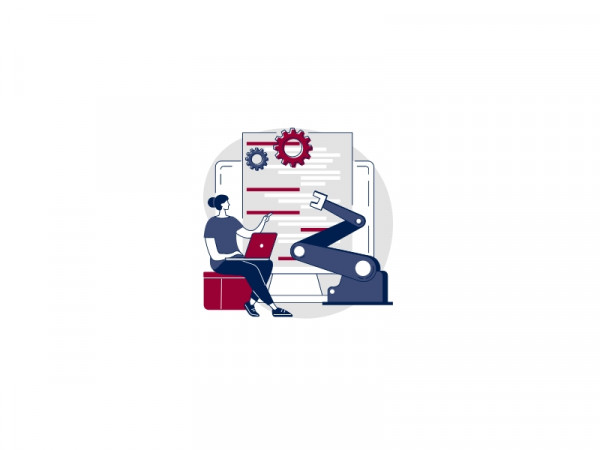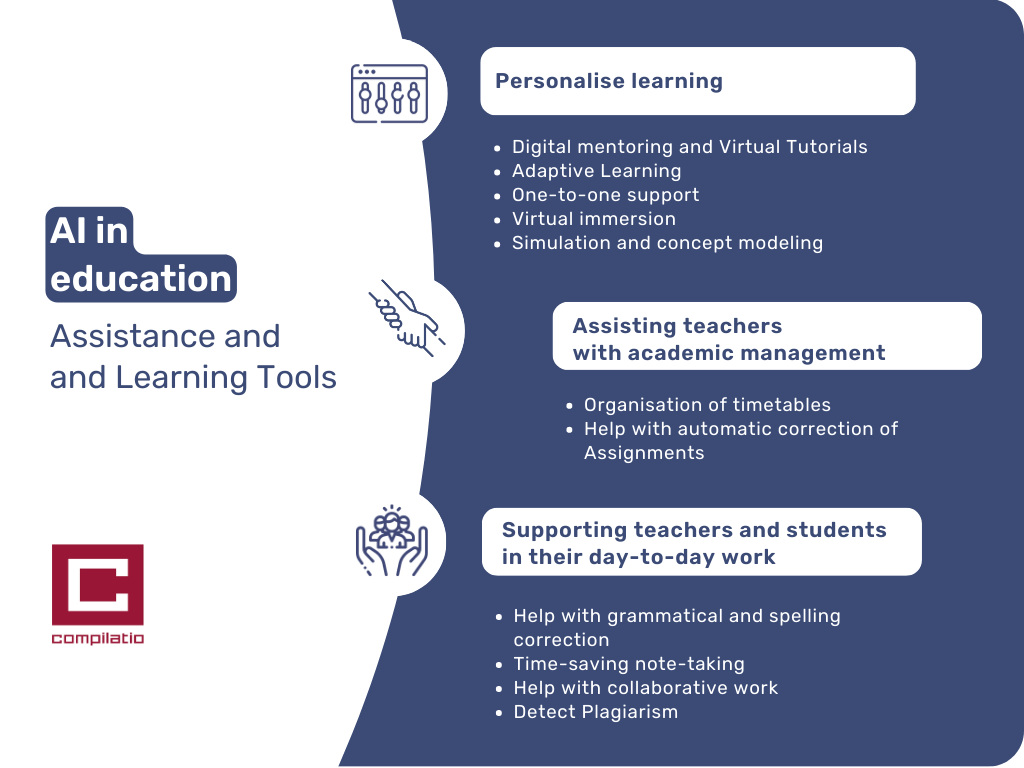How can I make the best use of AI as a teacher and student? Examples and case studies.
Text-generating AI can be seen as the new "teaching assistant" for education. AI paves the way for enriching educational experiences by promoting adaptive learning. What's more, AI can free up teachers' time by taking over administrative tasks. As a result, teachers can focus more on providing pedagogical support to students.
Contents


